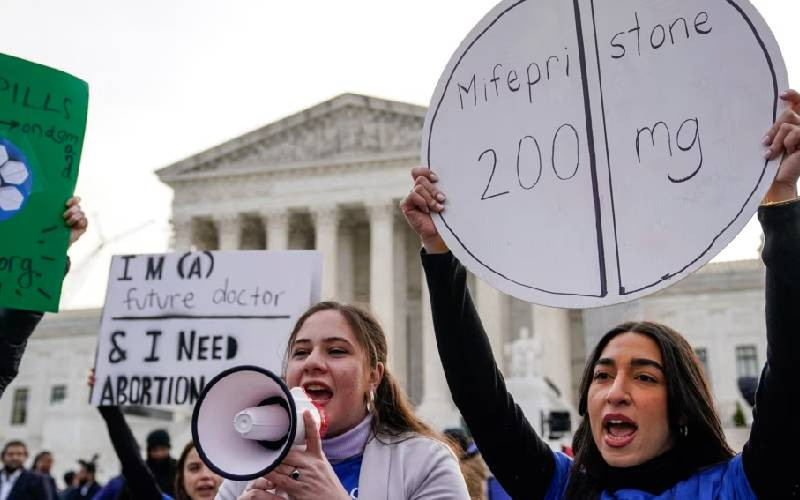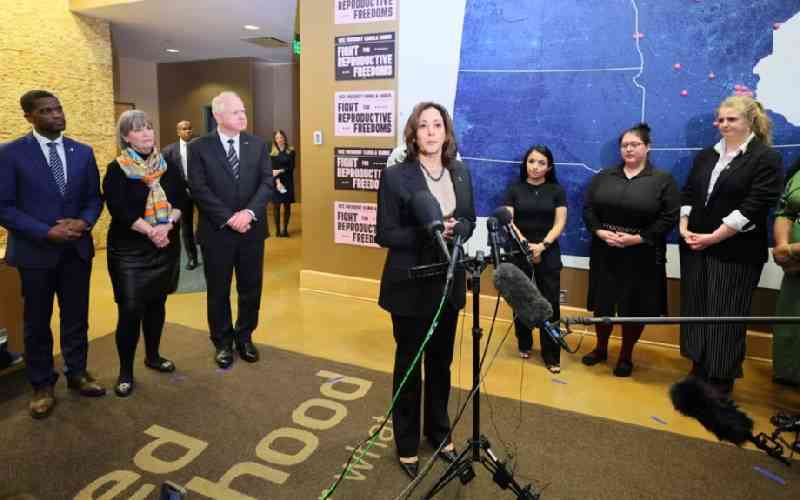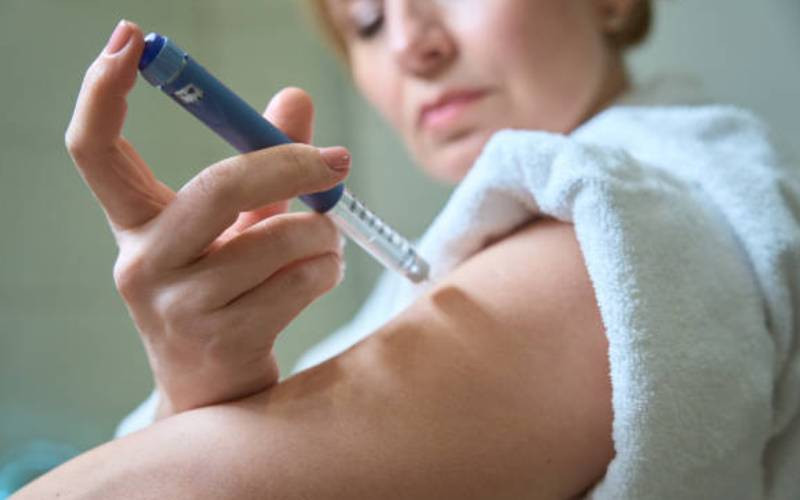No subject raises such strong feelings and emotions like that of abortion. Bring the topic up at the village bar or local fellowship and rest assured you will not find agreement or harmony among those present.
Abortion is an emotive issue because it touches the core, our very definitions and understanding of life as well as the rights of women and the unborn. These rights are rarely balanced to the satisfaction of all parties.
To address the subject in a platform such as this is also risky yet we cannot ignore the topic nor regard it as a private matter. No matter how well intentioned we might be, abortion can never be reduced to a matter of choice or preference because it affects another human being.
The figures for induced abortions in Kenya are staggering. It is estimated that 464,000 induced abortions are completed each year. That is 48 per 1,000 women in the national population.
That research was done in 2012 and other results from the same study revealed that 49 per cent of all pregnancies were unintended while 41 per cent of those unintended pregnancies ended up in abortion.
Yet irrespective of one’s position those figures are dangerously high especially when we consider that most abortions are done in backstreet clinics with crude instruments that put women’s lives in danger. In 2008 documentation, East Africa had the highest global rates of unsafe abortions at 36 per 1,000 women.
Done unsafely
The subject was one of the most contentious in the drafting of the 2010 Constitution. In the end this is what the approved law had to say in Article 26 (4): Abortion is not permitted unless in the opinion of a trained health professional, there is need for emergency treatment, or the life of the mother is in danger, or if permitted by any other law.
In other words, there are three provisions under which abortion can legally take place. In 2012 the Ministry of Health provided some guidelines for legal abortions which are in accordance with the Constitution.
Yet, further studies reveal that even today 50 per cent of Kenyan abortions are done unsafely.
Yet most will agree that abortions are far too many and that it is in everyone’s interest that they be reduced. That is not impossible even in societies where abortion is legal and free.
In 2015 the rate of abortions in America dropped to its lowest level since the Roe v Wade ruling that legalised it in 1973. In that year the figure stood at 16.3 per 1.000 women. That later peaked at 29.6 in 1981. However, in 2015 the figure had dropped to 14.6. Put another way, in 1990 there were 1.6 million abortions in America but in 2014 there were 926,000 - a significant drop.
Of course the reasons for the fall are also contested. Some suggest that the main cause was that sentiment had turned against abortion.
Others claim that the decline is due to the requirement for all to have an Ultrasound test, a result of which many would thereafter decide not to proceed with the abortion since they have witnessed the development of the foetus.
However, there is a third opinion that might explain the reduction and that is the greater access to family planning and contraceptives to the general population in the USA.
Stay informed. Subscribe to our newsletter
What cannot be doubted is that there are fewer unintended pregnancies and that can only be a good thing. Put another way, high levels of abortion rates correspond to high levels of unmet contraceptive need.
Further research reveals that 58 per cent of Kenyan women use some form of contraception. That figure may be rising but it hardly does justice to women and almost certainly explains why there are so many abortions.
Fifty years ago, the Catholic Church failed to take the advice of its own experts and produced a document called Humanae Vitae that rejected all forms of contraception except what was called the ‘natural method during the safe period’.
The Magisterium expected loving relationships to be regulated around calendars, thermometers and mucus.
It was like approving Russian roulette and has been disastrous for couples all over the globe. Most in their wisdom ignored the teaching.
However, much more is required. Firstly, I believe Pope Francis is humble enough to apologise for the horrible error of teaching and judgment.
Secondly, Catholic health facilities all over the globe should provide access to contraception to all whom it serves. After all, each unintended pregnancy has a 25 per cent chance of ending up as an abortion. Do we want that?
- [email protected] @GabrielDolan1
 The Standard Group Plc is a
multi-media organization with investments in media platforms spanning newspaper
print operations, television, radio broadcasting, digital and online services. The
Standard Group is recognized as a leading multi-media house in Kenya with a key
influence in matters of national and international interest.
The Standard Group Plc is a
multi-media organization with investments in media platforms spanning newspaper
print operations, television, radio broadcasting, digital and online services. The
Standard Group is recognized as a leading multi-media house in Kenya with a key
influence in matters of national and international interest.
 The Standard Group Plc is a
multi-media organization with investments in media platforms spanning newspaper
print operations, television, radio broadcasting, digital and online services. The
Standard Group is recognized as a leading multi-media house in Kenya with a key
influence in matters of national and international interest.
The Standard Group Plc is a
multi-media organization with investments in media platforms spanning newspaper
print operations, television, radio broadcasting, digital and online services. The
Standard Group is recognized as a leading multi-media house in Kenya with a key
influence in matters of national and international interest.









